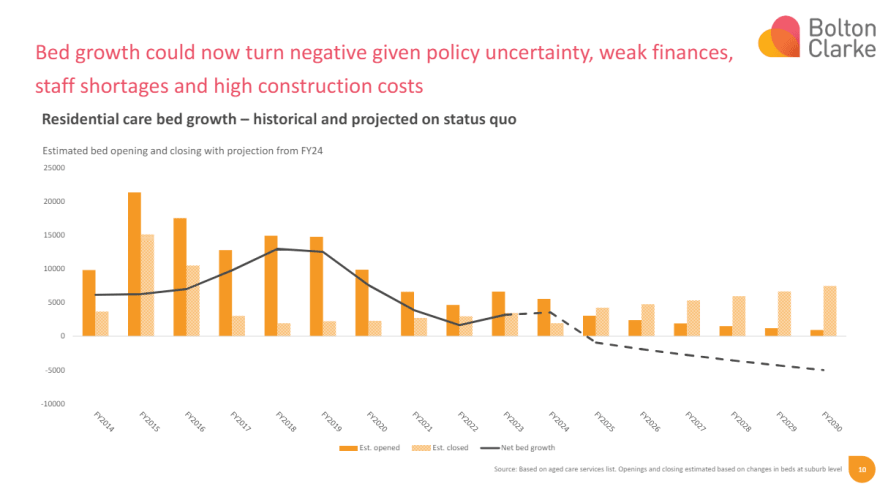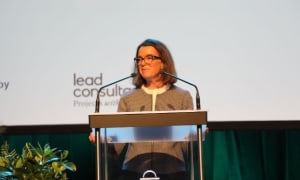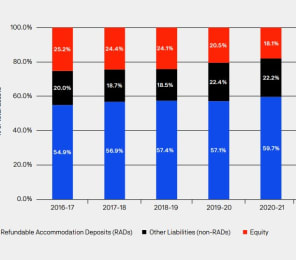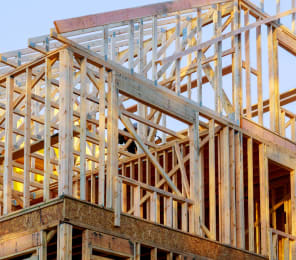Australia is set to hit the iceberg head-on in the next 12 months, based on new research released by its largest Not For Profit aged care provider Bolton Clarke.
If current trends continue, the supply of aged care beds across the country will decline by around 1,000 in 2024-25 despite an increase of more than 7,000 potential residents, Tim Hicks (pictured right), Bolton Clarke's Executive General Manager Policy & Advocacy, told The Weekly SOURCE.

There are likely to be 3,500 beds added to the system this financial year, with an increase of around 5,000-7,000 residents.
The Weekly SOURCE has previously reported the sector is unlikely to be able to cope with future rising demand for aged care services with bed occupancy much higher than the official Government figures and the equity required to build new beds jumping 300-600% since COVID.
Tim's comments come as Bolton Clarke releases new research titled 'Do we have enough residential aged care beds?', which has been provided to The SOURCE.
The 15-page report highlights the continued decline in bed construction due to the "poor overall financial performance" of residential aged care, high construction costs, workforce challenges, and political uncertainty.
The research shows residential aged care occupancy is trending higher post COVID-19, while the number of older Australians in hospital awaiting an aged care placement is at a 10-year high.
Speedy Taskforce response the solution
The situation is unlikely to improve quickly as building new beds takes time, says Tim.
"It can take six years from conception to completion for a RAC, though there are many projects on-hold that can be delivered faster."
Bolton Clarke proposes three solutions for Government to consider:
1. Respond to the Aged Care Taskforce recommendations as soon as possible to allow investment to recommence.
2. Develop a process for monitoring regional aged care bed shortages.
3. Support the development and funding of innovative alternatives to provide high level support outside of traditional residential care settings (e.g. in retirement living).
"From sector perspective, bed shortages means that the people we care for aren’t getting the help they need, and are coming into care later and sicker," Tim told The Weekly SOURCE.
"If the Taskforce response delivers the sort of financial uplift that StewartBrown has modelled it will stop most closures, and unlock thousands of beds in new supply over the next few years. Construction obviously takes time, so it is vital that we get a response as soon as possible."










